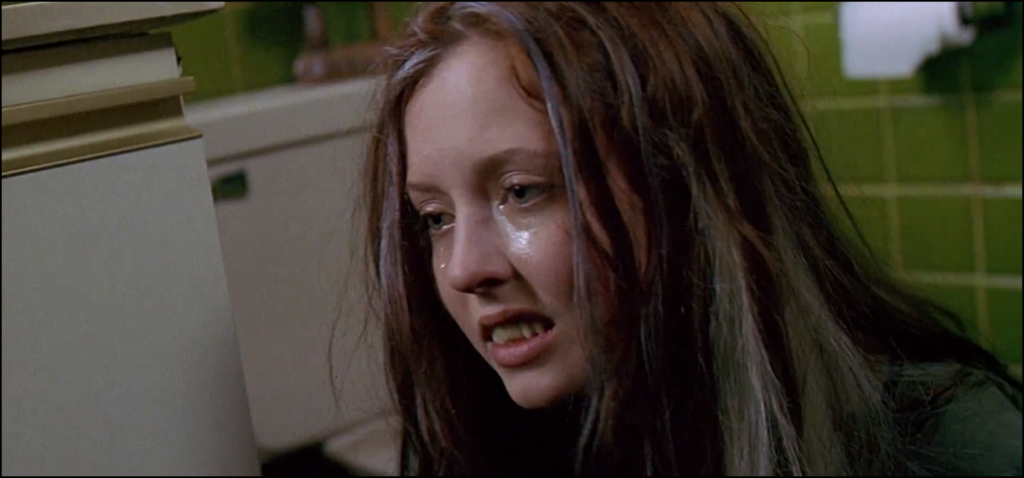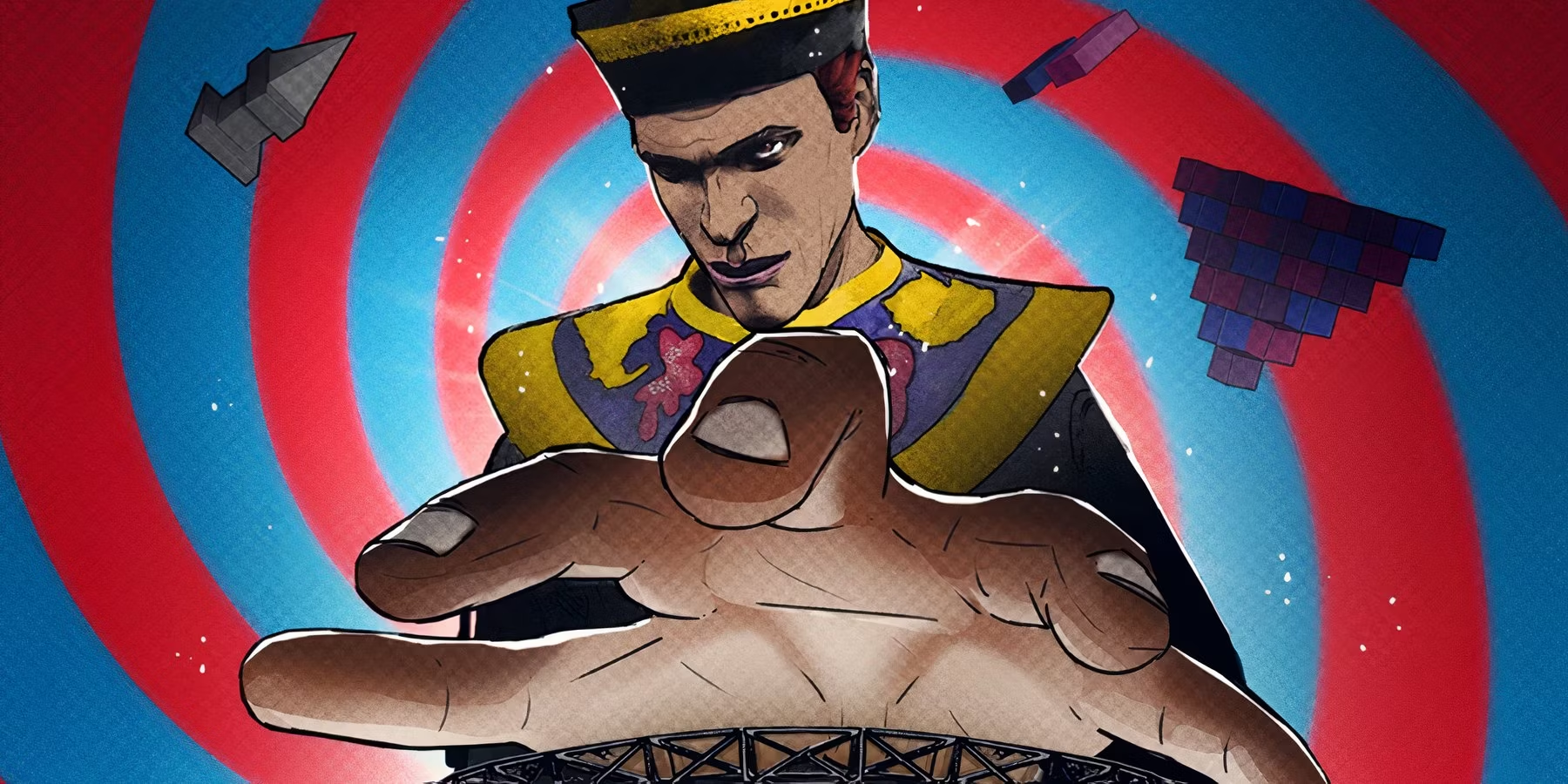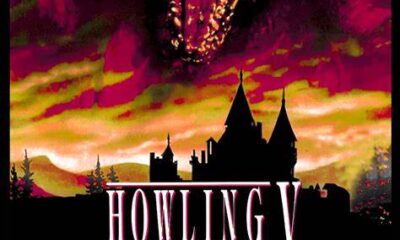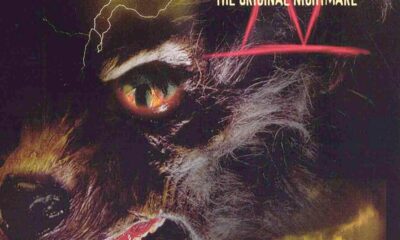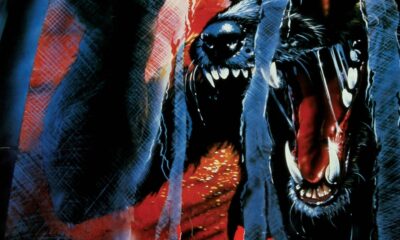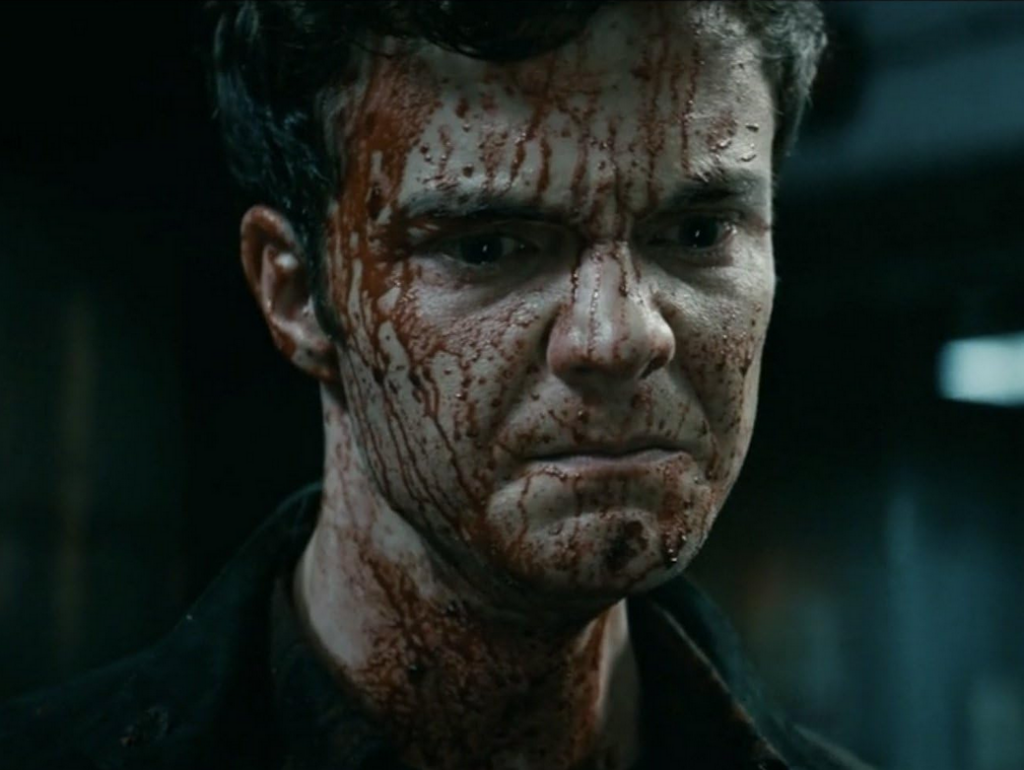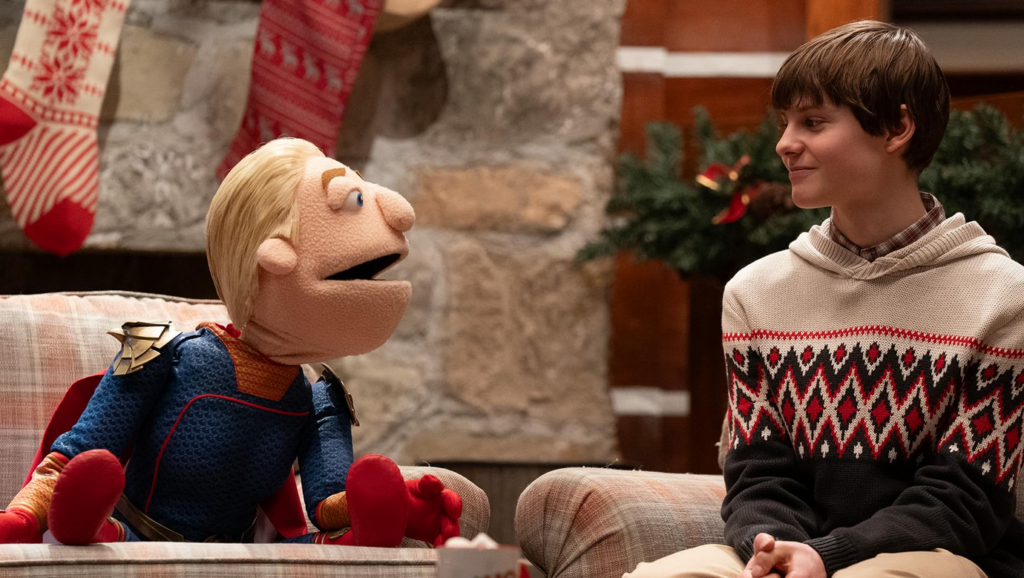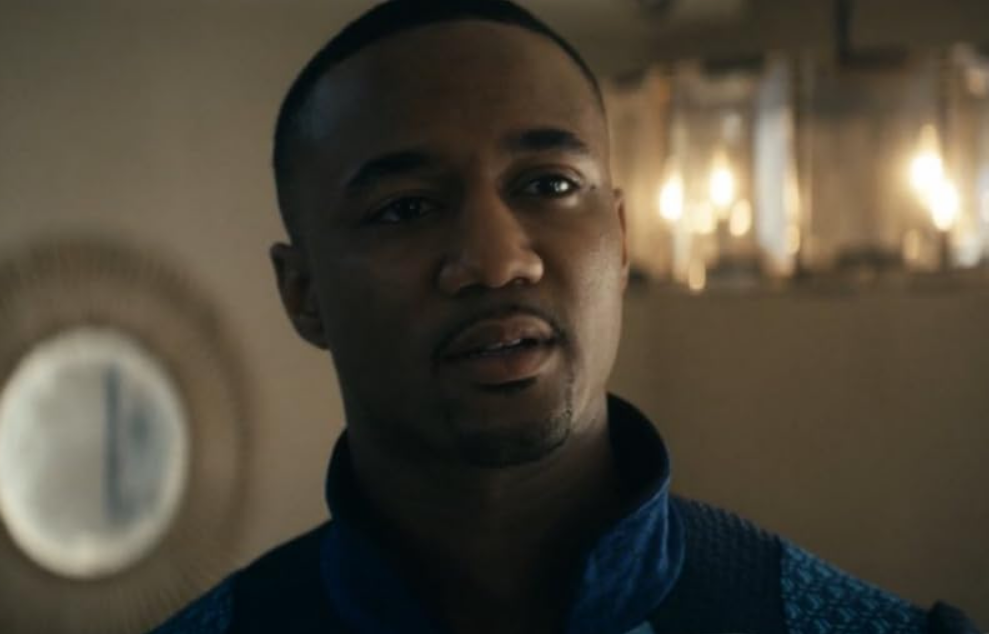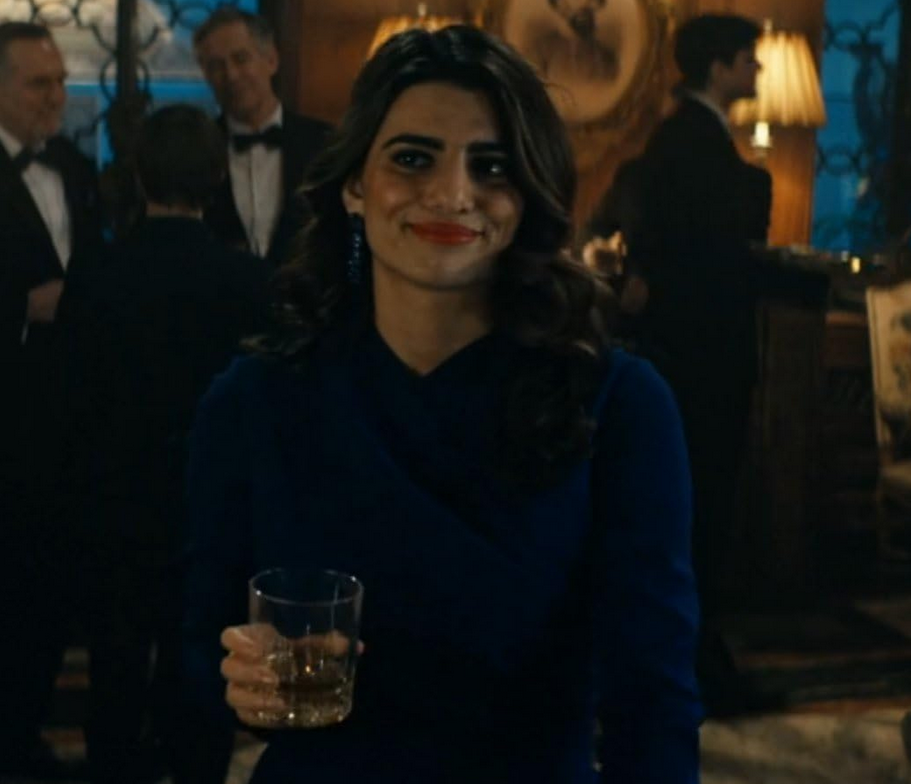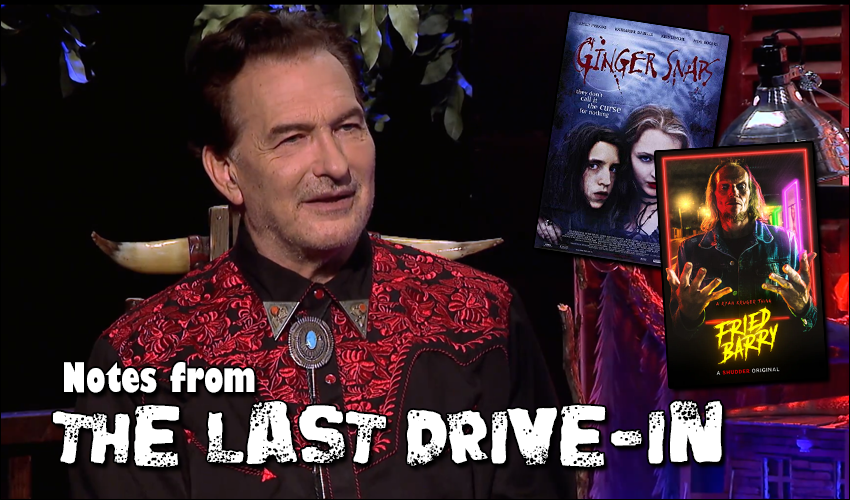
Notes from the Last Drive-In: S3E4 – Ginger Snaps and Fried Barry
More Videos
Published
3 years agoon
Welcome back all to our weekly meeting where we discuss The Last Drive-In. This is Notes from the Last Drive-In and this week we get the delightful pairing on the Canadian werewolf film Ginger Snaps (2000), and the recent Shudder exclusive, Fried Barry (2020), straight from Cape Town, South Africa.
So, let’s dive in, shall we?
Shit, now it is an art film.#thelastdrivein @therealjoebob @kinky_horror @shudder— Haunted MTL 🏳️🌈 (@HauntedMTL) May 8, 2021
Ginger Snaps (2000)
I am in this rant and I don't like it.#thelastdrivein @therealjoebob @kinky_horror @shudder— Haunted MTL 🏳️🌈 (@HauntedMTL) May 8, 2021
Opening: Joe Bob wants to retire the term “Goth.”
Ginger Snaps is a horror classic for many, and it is no surprise why. It deftly blends the pulp fun of a werewolf story with elements of coming-of-age themes and some laser-focused black comedy. The film is directed by John Fawcett and stars Emily Perkins and Katharine Isabelle as a pair of grim sisters, Brigitte and Ginger, the latter of whom is bitten by a werewolf. I leave the analysis of the film as a feminist text to those who are smarter than I, but the film is a complex and nuanced exploration of sisterhood, relationships between women, and cultural expectations of young women. Much of that comes from the deft writing of Karen Walton, who doesn’t really seem to be a horror fan but writes a masterful horror story.
The film itself is pretty bleak. The girls live in a dull suburban community among a grey landscape, living an existence where the only splash of color comes from the gory photoshoots they arrange. it is only after the werewolf enters the scene where things feel more colorful, though that color is often blood red. The cinematography is effective, but not overly stylized, and the film’s reliance on practical effects does limit some of the potential carnage. Yet, the film also brings to the screen one of the most striking werewolf designs ever. Devoid of fur, the twisted, wolf-like body is quite upsetting and one of those great wins of practical design.
The reason the film works so well, however, comes from the strong performances of Perkins and Isabelle who play the sisters with a surprising level of authenticity. The push and pull between the two of them prove to be the most compelling element of the film. The story itself is not overly complex, but the focus on the relationship between these young women, both late bloomers, absolutely keeps you engaged with what is going on. It also helps that they are surrounded by equally strong performances from other characters who buoy the sometimes heavy interpersonal drama with fun quirks or moments, such as Mimi Rogers’ Pamela, or Kris Lemche as a surprisingly well-read drug dealer.
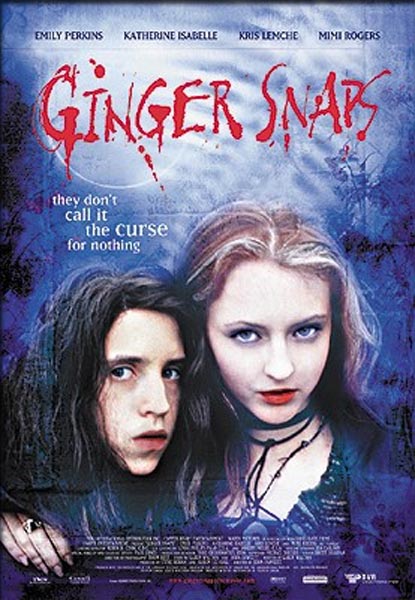
As far as the Joe Bob wraparounds go, the film had six breaks, as opposed to the average five. These breaks were a lot of the standard background and production trivia Joe Bob likes to share, but his enthusiasm for the movie was quite obvious. Some of the best moments of the first half of the evening revolved around the challenges in making the film such as budgetary issues, content controversy, and lack of distribution. None of this was uncommon for many Drive-In films, of course, but it is a hallmark of some of the best films shown week to week on the show. There isn’t much to say about JBB’s contributions beyond the consummate professionalism he normal exudes – there was no real skit or extended gag – just some wise observations.
Ginger Snaps is one of those great films for The Last Drive-In and it is no wonder that Joe Bob Briggs gave it four stars. It is most definitely a modern classic and I give it five Cthulhus. It is not just a good horror film, but it is one I would turn on to watch if I saw it flipping through channels. It’s one of those “stop you in your tracks” films.

Best Line: “A girl can only be a slut, a bitch, a tease, or the virgin next door.” – Ginger
Fried Barry (2020)
Fried Barry? More like Dried Barry.#thelastdrivein @therealjoebob @kinky_horror @shudder— Haunted MTL 🏳️🌈 (@HauntedMTL) May 8, 2021
Opening: Will movies ever get the depiction of heroin right?
Fried Barry is, in a bit of understatement, a strange film. I found myself entertained the whole way through and added it to my queue to re-watch, but I can see how polarizing it might be. Directed by Ryan Kruger, known for shorts and music videos, the film eschews traditional film logic. Fried Barry is a series of vignettes revolving around the colorful populace of Kruger’s Cape Town South Africa, from the lens of Barry (Gary Green), a drug addict whose body is hijacked by an alien entity. The film follows Barry from moment to moment as the alien experiences sex, love, violence, and cruelty.
The plot is inconsequential to the experience of the film, however. The largely mute Barry, a figure who didn’t have a lot going on for him prior to being brainjacked, stumbles into different and outlandish scenarios ranging from drug-fueled raves to being kidnaped, to being taken to a mental health facility, along the way becoming a father, savior, and the most desirable man in Capetown. None of these moments really build so much as drift in and out during the alien’s wild ride. The closest parallel I can find to this would be like taking acid in Disneyland’s “Mr. Toad’s Wild Ride.” What is amazing is how well these moments are pulled together through the incredible performance of Gary Green. Gary’s unique body becomes almost plastic in how it, and particularly his face, can reshape between scenes landing just the right tweak on the visitor from moment to moment. All the more impressive is that this performance is largely mute, punctuated by grunts, whines, and an occasional “whoo.”
The movie is also gorgeous likely due to Kruger’s extensive background in shorts and music videos where a certain level of style is mandatory. The film is at its most stunning, however, when the cinematography dips into the surreal; throwback rear-projection driving scenes, black and white neo-noir grain in a cardboard box, and a camera locked onto a tweaking Barry as he zooms through Captown and eventually through the sky. Combine that with intense splashes of color from raves, blood, the lighting of a UFO, or just whatever the hell is going on in Capetown you have quite the visual feast.

Joe Bob’s breaks were informative as one would expect – specifically conveying some important information of Kruger’s process. Kruger was unknown to me prior to Fried Barry, but I am thankful Joe Bob took the time to share his story, especially as it feels like a direct result of his season two monologue asking filmmakers to just make their movies. Kruger’s hustle and journey prove inspiring. Other highlights during this part of the night also included the return of resident-Dick expert Felissa Rose, consulting on what can only be described as alien sounding on Barry’s penis during an abduction scene. Also fun were the various stabs of interpretations of the film, of which I am sure none were actually correct – Fried Barry seems like it can be interpreted in just about any way imaginable and all would seem valid. I know I have my own interpretation. Also, the story Darcy mentioned about how sad the suicide of Avicii made Joe Bob was quite touching as well – an odd aside, but a touching one regardless.
Fried Barry is not a movie in a traditional sense – one driven by a story – but rather one built around a cluster of sensations. The narrative is a secondary concern to sheer experience and this movie will make you experience something… just what depends on you. Joe Bob gave the film three stars, but I feel he could have easily tacked on an extra half star. Just by the sheer audacity of what was committed to the camera, but also because it almost emerges as an example of Joe Bob’s advice of “make your movie.” For me, I found myself inspired and intrigued by the ride and I think the movie has definitely earned four Cthulhus.

Best Line: “On this day pussy has eluded you.” – The Bartender saying the grossest thing in the most eloquent way
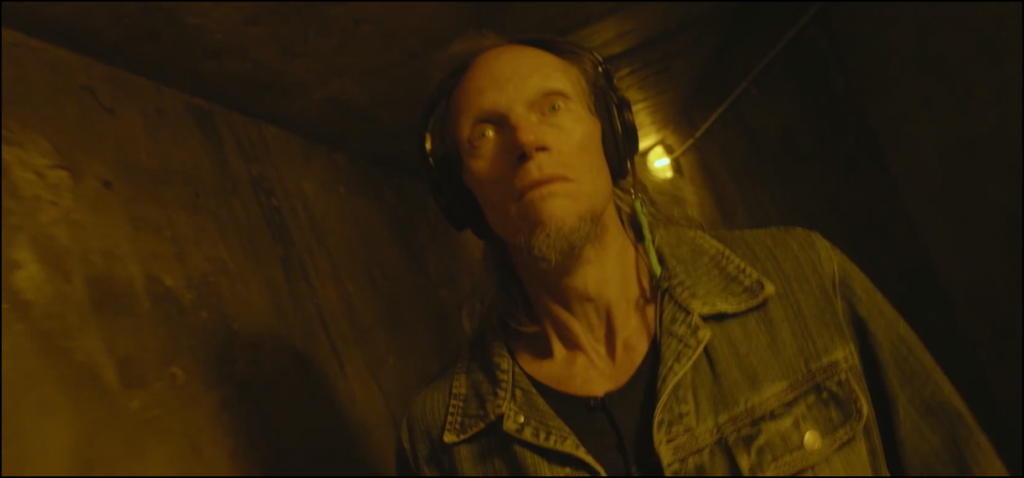
Haunted MTL Drive-In Totals
Special thanks to Shudder for keeping it real, week after week, and posting those totals for us. it is necessary information.
Another four-star movie from #TheLastDriveIn! 🐺 pic.twitter.com/2SvHVbwl4P— Shudder (@Shudder) May 8, 2021 You know you’re in for a good time when the Drive-In Totals include “Space Car Floating through a Fire.” #TheLastDriveIn pic.twitter.com/E7ctcDThK7— Shudder (@Shudder) May 8, 2021
As usual, we have our own totals as well.
- 2 Dour Teens
- 2 Fingers in a Tupperware Container
- 6 Break Fu
- 1 instance of “Felliniesque”
- Gratuitous “Hogzilla” Chanting
- Heroin Ranting
- Alien-influenced Dickhole Stuffing
- Instant Baby
- Tardis Box
- Gag Ending
- Photo Montage
- Trucker Joking
- Ecstacy Joking
- Dead Dog Count for the Season: 7
- Yuki Count: 2
- Silver Bolo Award: Dr. Wolfula
- Darcy Cosplay: Wolfy Ginger

Episode Score
All in all, this was a solid outing of the show, as per usual. The Last Drive-In is a pretty consistent experience, I’ve found. I was particularly pleased with the film selection for this week mixing a modern-period classic with a film that released twenty years later. I do feel the first half of the night wasn’t as exciting as the second half, probably a combination of having seen Ginger Snaps so many times and a lack of a skit or some gimmick in the first half of the night. Overall, though, another great episode of the show, and one well worth four Cthulhus.

I had to miss last week’s live-Tweet of the show, but I came back with a vengeance with this one. I’ll continue to inflict my own observations on Twitter in the next episode as well, so why not follow the Haunted MTL Twitter account? See you next Friday, Mutants.
I must go now, my home planet needs me.#thelastdrivein @therealjoebob @kinky_horror @shudder pic.twitter.com/89GDsttiaM— Haunted MTL 🏳️🌈 (@HauntedMTL) May 8, 2021
David Davis is a writer, cartoonist, and educator in Southern California with an M.A. in literature and writing studies.

You may like
We have come now to the finale of season four of The Boys. And while it didn’t have the literal blood fireworks I wanted, someone did get ripped in half in the air. So, that’s pretty close.
As a note, I will try to avoid spoilers as much as possible. This ending was a hell of a gut punch that should be experienced as blindly as possible. That being said, I will not be able to avoid spoilers and still give a full legitimate review. Proceed at your own risk.
The story
The main storyline for this episode is the attempted assassination of President-Elect Robert Singer. The Boys join forces with the Secret Service to protect him. But, as we learned last episode, Annie has been replaced with a shapeshifter. A shapeshifter that was welcome not just into Hughie’s anus, but into the protective bunker in which the President-Elect is hiding.
What worked
The first thing I want to discuss about this episode is the ending. But we need to do this carefully.
The important thing here is that the ending breaks your heart on so many levels. So many terrible things are happening to characters that it’s almost hard to keep track. And each moment is significant to each character.
I cannot give a specific example. But no matter who your favorite character is, you’re going to weep for them.
Unless your favorite character is Sage. And this is the next thing that made this episode so fantastic.
I don’t think I’m spoiling anything to say that Sage’s plans worked out exactly as she wanted them to. And she got exactly what she wanted.
What she wanted wasn’t power. It wasn’t money or fame or vengeance. It wasn’t to win the love of anyone. She just wanted to see if she could do it.
That is a terrific, terrifying motivation! Because all she wants is to play a massive game of chess with people as pieces. She doesn’t care about anyone. She just wants to see how many people she can manipulate. She just wants to set things on fire to see if she can.
Fantastic. A plus villain work.
The next thing I want to discuss is a cornerstone of the whole series.
The morality of The Boys shifts through the series. While it’s very much a battle to save the world from overpowered super monsters, it’s also a battle for the souls of our real heroes. And in that battle, there are two warring factors. We have Hughie, always trying to bring everyone up to a better level. And we have Butcher, who has no problem at all hitting rock bottom with a shovel in hand to do some more digging.
In this episode, we saw almost every member of The Boys challenged. Will they rise to their higher angels, or sink with their demons?
On a similar note, I am so glad that the writers kind of addressed my issues with Annie. They did this by having the shapeshifter get right into her face and accuse her of thinking that she’s better than everyone.
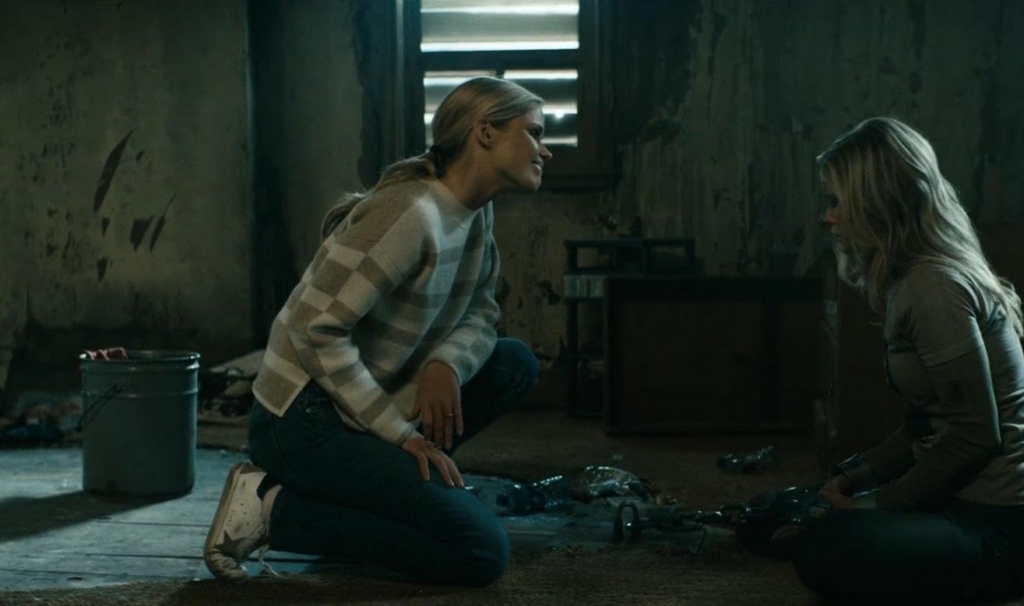
While that was devastating for the character, it was a little cathartic for those of us who felt like Annie was a little too good of a good guy.
What didn’t work
This is a small matter, but it is an issue that I want to address. After Annie finds out that Hughie slept with her doppelganger, she is furious at him.
In addition to this being unfair, it’s also a very cliche element to add. In almost every instance of a lookalike in fiction, there’s a moment where the love interest of the victim is fooled. Or almost fooled. And it’s always the same fight. It’s just played out and predictable. I’m just glad that it didn’t last very long.
Now that we’ve come to the end of the season, I can officially say that it was amazing. The story was deep and rich. The special effects were a stomach-turning good time. The character development was spot-on and satisfying. And, of course, it left me just about gagging to see what happens next. Unfortunately, it looks like we’ll have a bit of a wait. Because as of right now, the fifth season isn’t expected until 2026.

We’ve reached the second to last episode of The Boys, season four. And, as is appropriate for the penultimate episode of any show, things have to get a lot worse before they can get better.
Let’s discuss.
The story
Christmas is coming, and the whole world is getting ready. Ryan, despite being very clear that he didn’t want to appear on any TV shows or movies, has been strong-armed into participating in a Vought puppet Christmas special. He draws the line, though, when asked to sing about turning one’s parents in if they start talking about woke things.
Meanwhile, The Boys are trying to keep each other together. Butcher decides to take Sameer to the rest of the team. He also gets Frenchie out of prison, hoping they can make the Sup virus necessary to finally take down Homelander. Instead, this decision means disaster for one member of the team.
What worked
I first want to talk about Ryan’s speech near the end of the episode. Because it was exactly the moral of this whole story.
Ryan’s dad is a monster. His stepdad is also kind of a monster. But Ryan is a good kid. He cares about people, about family. And while he loves Homelander and Butcher, he doesn’t want to be like them.
Even better, this speech sounded like something a kid would say. Ryan didn’t open his mouth and start sounding like a college student all of a sudden. He sounds like a kid who misses his mom and wants to live up to the good standards she set for him. And I think that’s terrific.
Speaking of Homelander, he shot himself in the foot in this episode. I said earlier in the season that his hubris was going to be his downfall, and I was right. Without Sage, he just has the same weaknesses he’s always had. He’s going to fail because he just isn’t clever enough or patient enough to succeed.
Without Sage, I think a win is in the bag for The Boys. This isn’t to say that Homelander by himself isn’t dangerous. It’s just that he’s more like a wildfire than a controlled burn. He’s going to cause a lot of damage, but not get anything he wants out of it.
More’s the pity for him and everyone else who has to share his world.
Finally, I am thrilled with A-Train’s redemption story. I love that he wants to be a good person not to save himself, but to be a good person. His honest, pure and warm reaction to that little kid smiling at him in the last episode was heartwarming. It changed him in a moment, bringing to light a goodness that he’s been keeping under wraps for a long time.
This, along with Ryan’s courageous speech, proves once again what The Boys does so well. Yes, it’s gruesome. Yes, there’s blood and balls and batshit events. Yes, someone occasionally gets ripped in half. But there is a true human goodness in the story. One that we catch glimpses of. There are good people among the monsters. There is hope for redemption.
What didn’t work
Of course, so few things in this life are perfect, and this episode was no exception. For instance, I was irritated by the insinuation that Butcher cheated on his wife.
That just doesn’t make any sense. We’ve seen flashbacks of Billy and Becca. They were happy. He was happy. He was head over heels for her. And I don’t think it’s realistic or necessary for the character to throw in that he cheated. It does nothing to add to the story, it’s just a weird and offputting moment.
Doesn’t Butcher have enough to hate about himself? Can’t we just give him that at least he was a good husband?
Finally, I kind of hate that we ended up with Annie being caught. It’s just cliche, which is something I don’t normally say about this show. It feels lazy unless they do something very clever with it in the last episode. Which, I suppose, they might.
Next up is the season finale. And with this season being as insane as it has been, I’m expecting nothing short of bloody fireworks. And I mean literal fireworks of blood. At this point, would it surprise anyone?
 (4 / 5)
(4 / 5)
Episode six of The Boys was one of the most surprising episodes of the series so far. And that is certainly saying something. Because this season has so far been bonkers.
The story
Our episode today revolves around a party at Tek Knight’s lovely mansion. Yes, it does look just like Wayne Manor.
The Boys know that Tek Knight is working with Homelander on something, but they don’t know the details. So they decide to send Hughie in to bug the mansion.
Because that’s worked so well the other two times he’s tried to hide a bug!
It should surprise no one that this time goes no better. Hughie finds himself in Tek Knight’s basement. And by that I mean his BDSM dungeon.
Meanwhile, the party upstairs is no less disturbing. Homelander and Sage are trying to convince some well-off political donors to support a cue after the election. When pressed for details on his plan, Homelander freezes. He looks to Sage for help, but she wasn’t recently shot in the head and still in the junk food stage of her healing.
Fortunately, or unfortunately depending on your point of view, Neuman jumps in and saves the day.
What works
If I’m going to say one thing about this episode, it didn’t hold back at all. I didn’t expect them to show a character masturbating, sitting their bare behind on a cake, or spraying breastmilk into someone’s face. But every time I thought they’d cut the scene and let something be left to our imagination, they did not do that.
This is a dangerous move. Whenever you show the monster, you run the risk of them not being scary enough, or gross enough. As Stephen King says in Danse Macabre, to leave this sort of thing to the imagination if the reader makes things so much worse. So when they finally experience the monster, they might say that this isn’t so bad. It could have been so much worse.
But in this case, they managed to avoid that by making the scenes, especially the ones in Tek Knight’s dungeon, so much worse than I imagined it would be.
What doesn’t work
While this was a deeply disturbing episode in many ways, there was one really innocent and sweet moment.
And yes, I did have a problem with it.
Confronted by Firecracker, Annie decides to apologize for spreading rumors about her when they were kids. She tells her that she is genuinely sorry.
And I believe her. I don’t think Firecracker did, but I did.
So why is this an issue? Because I’m starting to think that Annie is maybe too nice. She is too good.
I know that Annie is our good guy. But every one of the other good guys has flaws. Hughie let his pride get in the way and took Temp V. MM hid himself from his daughter instead of teaching her to work through her emotions. Kimiko is far too closed off and has a hard time trusting others. Frenchie numbs himself with drugs. And well, what hasn’t Butcher done?
It is unrealistic that Annie is just so kind and so flawless. We all have shadows in our personalities. We all have weaknesses, we all mess up. We all do things we wish we could take back. The fact that Annie doesn’t seem to have anything like that is not just unrealistic. It’s infantilizing.
Give her some deep dark secrets. Give her something real to regret.
This was a shocking episode, even for someone fairly jaded like me. I wasn’t expecting the sort of weird sexual depravity, though I guess maybe I should have seen it coming. It was dark, upsetting, tense, and funny as hell. And with just two episodes left in the season, I can imagine the stakes are only going to get higher.
 (4 / 5)
(4 / 5)
By the way, if you like my writing you can get my short story, Man In The Woods, on Smashwords and Amazon.

